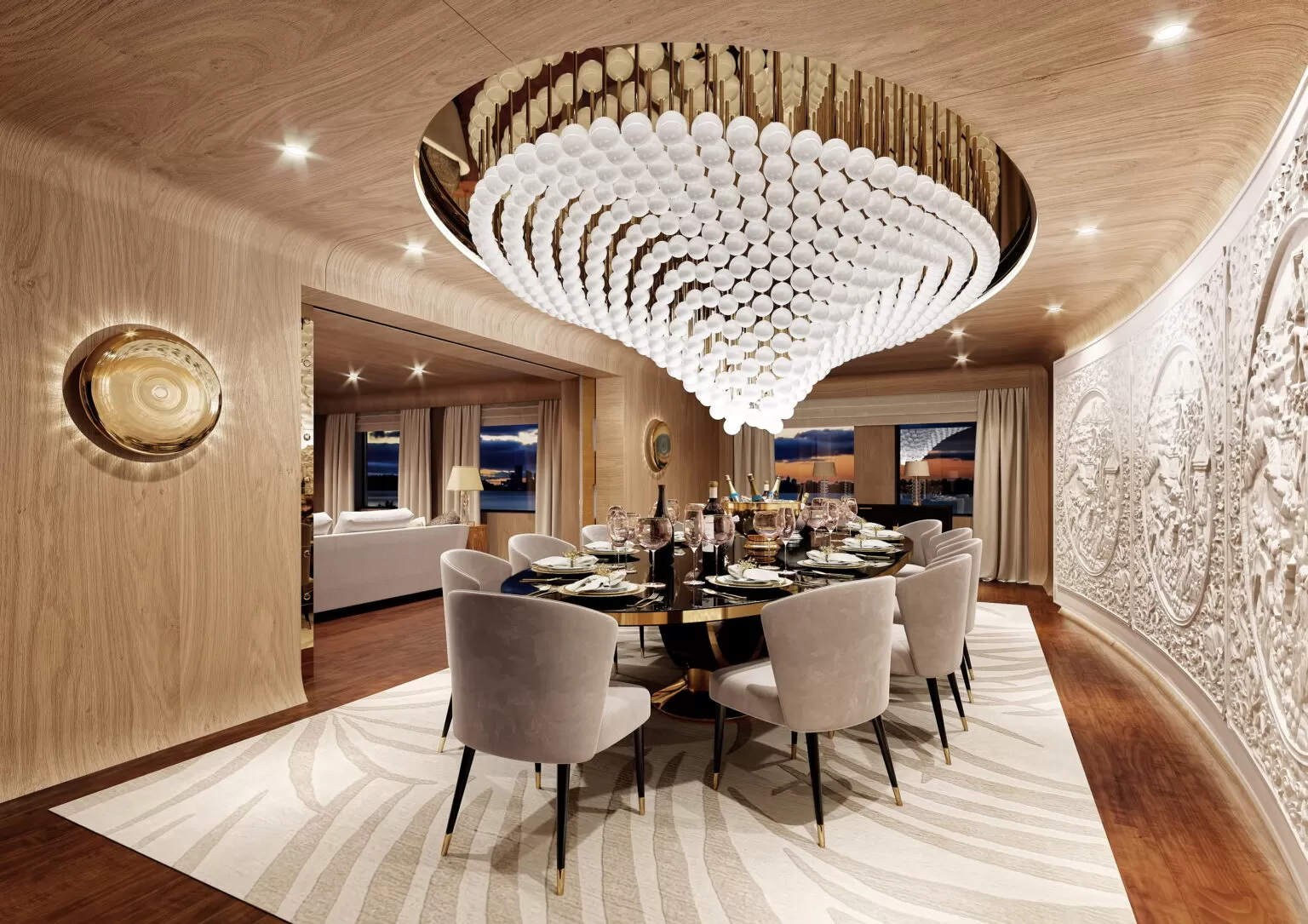Lighting is important in every interior. It illuminates and highlights spaces creates an ambience, and, with the right lighting, enhances the mood and functionality of a room.
Hence, the importance of residential lighting design is to ensure that every space can be used, appreciated, and enjoyed.
What is lighting design?
Lighting design is a technique for distributing light to spaces. It considers what the space will be used for, its characteristics, and its intended message.
The use of lighting in homes has evolved throughout centuries. Electricity has given us the means to see and continue to work and play if we stay up past sunset and rise before dawn. Lightning has been designed and used in different ways, in different styles. Currently, the most popular concepts in residential lighting design are contemporary lighting and modern lighting.
- Modern lighting is a better version of conventional lighting. It is a more sophisticated version of natural lighting, distinguished by its use of bold colours and geometric shapes such as perfect circles, curves, cubes, squares, and even sharp-edged polygons. It is a functional type of lighting that focuses on brightening the space, making it ideal for working areas such as kitchens, dining rooms, and home offices.
- Contemporary lighting, on the other hand, showcases designs that use recent innovations. They feature a smooth profile created with simple lines and curves. The design is minimal free from intricate detailing and the majority of contemporary lighting features largely grey tones, however, on occasion a slight pop of colour is included.
Types of Lighting
In interior design, one room can serve multiple purposes. For instance, a bedroom can be a place to relax, sleep, read a book, work on the computer, do exercises such as yoga or aerobics, get dressed and made up, and much more.
Thus, lighting features ned to serve the setting or functions of the room.
We generally advise people to install at least three types of lighting in each room and not expect a single light source to meet all their needs.
1. Ambient lighting
Also known as general lighting, these are the main lights. As the dominant kind of lighting in the landscape of each room, ambient lighting uses colour, temperature, and brightness to set the tone and create a comfortable and even level of light throughout a space.
The amount of ambient lighting in a room determines whether it is bright, dark, or relaxing. That’s why they are almost always activated before any task is undertaken in that room (i.e. walking in) and complements the accent lights (see below) as the primary means for lighting a room.
Usually, ceiling lights, wall-mounted fixtures, and recessed spotlights are the main sources of ambient lighting
2. Accent lighting
Mainly used for highlighting in decor, accent lighting focuses lights directly on objects to emphasise them. This helps to create points of visual interest and can be used to great effect both indoors and outdoors.
For instance, one may highlight artwork, photographs, plants, a fireplace or other architectural details.
However, to ensure the space doesn’t look cluttered, avoid overuse of accent lighting. Instead, properly locate directional lighting fixtures or bulbs close to the object they illuminate and reduce the amount of ambient light in the area surrounding the accented object to create effective highlights.
3. Accent lighting
Task lighting is any light used to light a specific area in order to ease the completion of a task.
It includes lights used for reading, working at your office desk, kitchen island pendant lights, task lights for makeup, under cabinet lights, stove cooking surface lights or even lights over a pool table.
4. Decorative lighting
As the fourth layer of illumination within a space, decorative lighting is meant to draw attention to a room whilst adding beauty and distinction.
In the past, decorative lighting was used for effect during parties or special occasions. Today, decorative lighting is used both indoors and outdoors to enhance the character of a space.
Tips on Lighting Design for Homes
If you’re designing a lighting plan for your home, consider the following tips:
- Maximise the amount of daylight available in a room before determining the amount of artificial light required.
- Determine the primary purposes of the room to determine the best types of lighting for the room. For example, the primary source of lighting in the living room should always be directed toward the central sitting area, while accent lighting can be used to illuminate plants and paintings. Individually controlled wall-mounted bedside lights are a practical option for bedroom lighting.
- Consider the upkeep of lighting features when purchasing them. You want bulbs that last longer so that you don’t have to keep buying more and replacing them!
- Consider the heat load as well to ensure that the fixture does not emit too much heat, which could cause discomfort. Furthermore, overheating lights are less efficient at their primary function: instead of using electricity to light up a space, some of that energy is converted to heat – which is not what you want from a light!
At Design-Itude, we love creating unique lighting design to bring out the best in a space. Want us to help you in jazzing up your interiors? Get in touch with us today and we can help you create your dream home!





